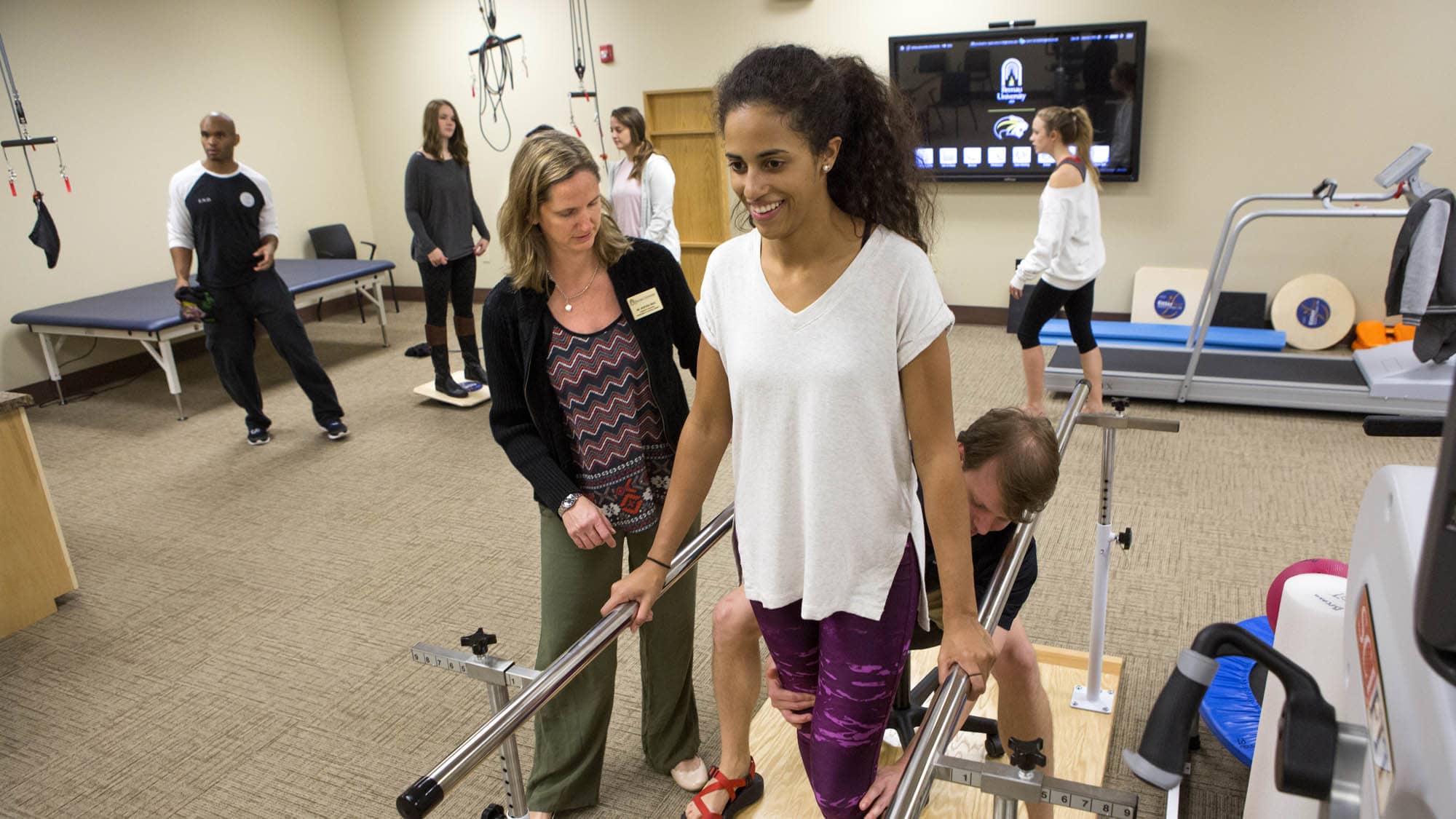Elevating a principle of ergonomics is essential for designing professional environments that advance comfort and work output. Workplace ergonomics is the science of designing occupational settings, equipment, and tasks to fit the requirements of employees. By emphasizing how staff utilize their physical environment, businesses can minimize risk of injury and avoid injuries. An ergonomic workspace enables efficient movement and lessens strain, which can result in improved effectiveness and well-being among team members.
One key aspect of ergonomics is the arrangement of fixtures and tools. Workstations should be at a height that enables users to remain seated with their forearms at a 90-degree angle while inputting data. Chairs should deliver sufficient support for the lower back, promoting spinal alignment. Additionally, screens should be aligned at visual height to avoid neck strain. By ensuring that these factors are properly configured, staff can maintain a neutral position throughout their workflows, decreasing fatigue and improving focus.

An additional notable dimension in an ergonomic workspace is the use of appropriate tools and technology. This includes keyboards, pointing devices, and other instruments designed to minimize repetitive strain injuries. For instance, using an ergonomic keyboard can contribute to minimize wrist pain caused by repetitive typing. Furthermore, ergonomic seating and height-adjustable workstations enable employees to change their position throughout the day, which can relieve postural fatigue and amplify alertness. Allocating resources toward quality ergonomic tools recommended read can generate optimal work habits and improved productivity rates.
Illumination is also a critical aspect in occupational planning. Balanced lighting can diminish ocular stress and enable workers to concentrate on their work activities. Daylight is optimal, but if that is not available, using adjustable artificial lighting can help providing a functional atmosphere. It you could try here is advisable to avoid glaring fluorescent lights that may cause headaches or fatigue. By incorporating sufficient lighting, organizations can create an environment that advances both visual ergonomics and output.
In closing, promoting scheduled breaks is key for sustaining an ergonomic workspace. Reminding workers to take brief breaks can help relieve physical tension and mental fatigue. During these breaks, personnel should be advised to stretch or change location to stimulate circulation. Integrating routine break times can help establish a workflow that protects employee wellness without sacrificing work results. Ultimately, mastering ergonomics in the professional environment not only boosts comfort but also supports a more sustainable work culture where employees can perform at their best.